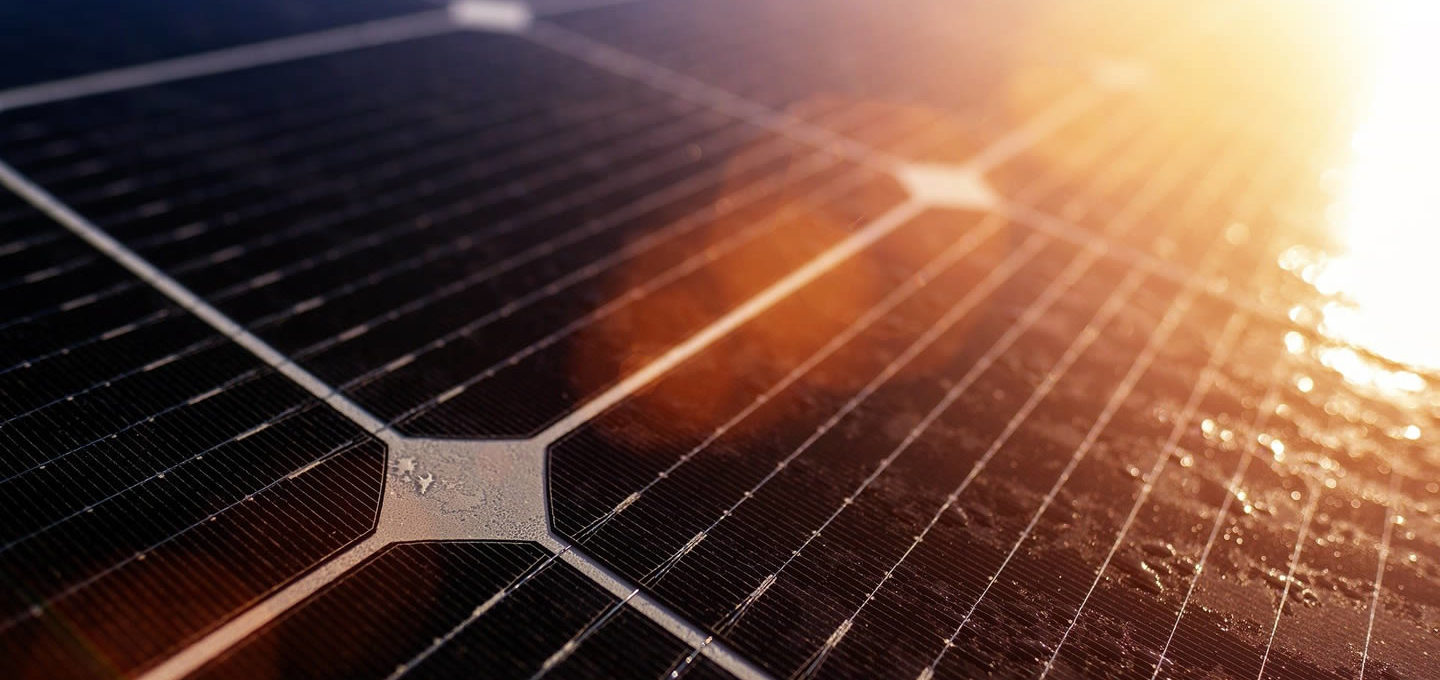Many scientists and world leaders are looking for better ways to provide power to the common man. Alternatives like solar, wind, and water power have arisen to try and compensate, reducing our need for coal and gasoline.
But the question has arisen a few times: is it possible for the entire planet to be powered by solar power alone? One would think that with the rotation of the Earth, the sun would be able to provide sunlight to every country as it travels across the sky. But how much is this idea an actual possibility?
The output of the Sun
The sun hits the Earth with more power in a single hour than all of humanity uses in a single year. In a single hour, the sun hits the Earth with 430 quintillion joules of energy, while in a year, mankind consumes about 500 million terajoules in a year. That’s a lot of power; the problem is trying to capture it all. There hasn’t been a single solar company that has managed to harvest all of this energy. Hopefully, the advances of technology are steering us in the right direction.
Less space would be used to power the earth
In the entire year of 2015, the planet used the equivalent of 13,000 million tons of oil, which is about 17.3 Terawatts of continuous power for a year. To compare, it would take covering 1.2% of the Sahara Desert with solar panels in order to provide 17.4 Terawatts of power for the planet for the entire year. It’s definitely more viable, greener, and wouldn’t require as much maintenance as keeping oil refining machinery going.
The continuous rise of power usage
Estimates have stated that by the year 2030, energy consumption will go up to 715 exajoules, so obviously, the Sahara Desert wouldn’t be sufficient. Other solar farms would have to be placed in equatorial regions around the world to compensate for this power usage and make it easy to provide that power to habitable regions.
The costs associated with this kind of project
Scientists have estimated that the cost of such a project would be around $5.1 trillion dollars. That seems like a lot, but by the United States estimate, that’s how much is spent on the U.S. military in the span of three years.
However, the cost of implementing solar power is decreasing every year, making it more viable for even consumers to start adding solar power to their homes. So with costs going down, such a project would become less and less expensive.
So what does that mean for the future of solar power? As demonstrated, it’s a pretty viable plan. The problem resides with those in power who don’t want to lose their monopoly on providing power to consumers through gas and oil. But now that consumers are becoming more aware of their options, more and more of them are turning to solar, so it may not be long before everyone makes the switch to solar power.

